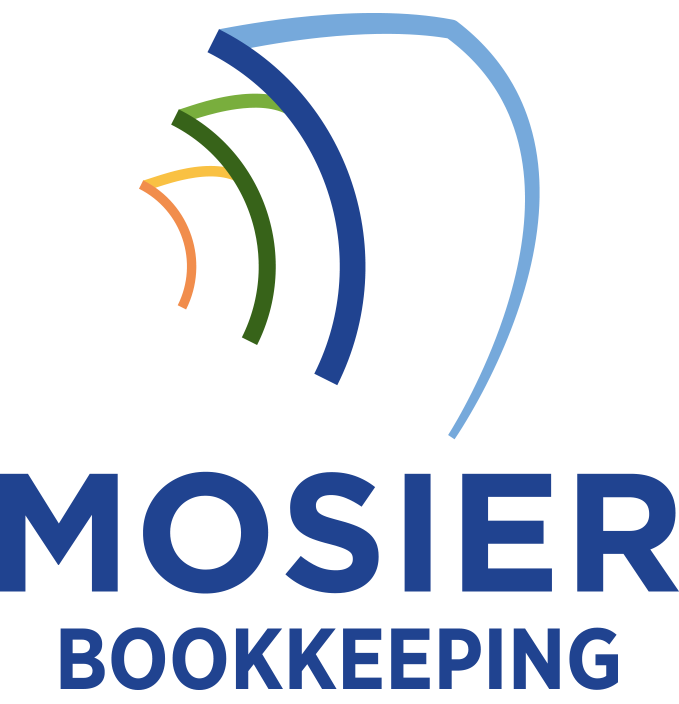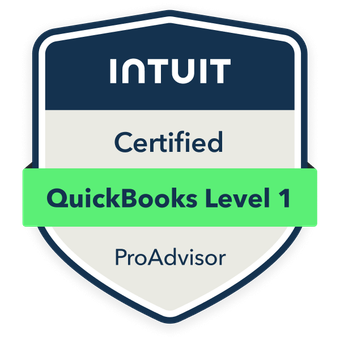To handle international business bookkeeping effectively, I recommend setting up a multi-currency accounting system with a designated base currency while maintaining separate ledgers for each foreign currency. You’ll need to track daily exchange rates, document all transaction fees, and keep detailed records of payment methods and SWIFT codes. I also suggest implementing real-time conversion protocols and creating jurisdiction-specific tax calendars. Proper international bookkeeping involves many moving parts that we’ll explore in detail.
Understanding Currency Exchange Rate Basics

When dealing with international business transactions, understanding currency exchange rates becomes a fundamental necessity for accurate bookkeeping. I need to track daily exchange rates and apply them consistently to record transactions in both foreign and domestic currencies. I’ll maintain separate accounts for each currency and document the rates used for every transaction.
I must recognize that exchange rates fluctuate constantly, which can lead to gains or losses on my books. I’ll use the spot rate (current market rate) for immediate transactions and forward rates for future commitments, ensuring precise financial records that comply with international accounting standards.
Setting Up a Multi-Currency Accounting System
Three essential components form the foundation of a robust multi-currency accounting system: a base currency designation, foreign currency accounts, and conversion protocols. I’ll help you establish these elements to maximize your financial control and minimize currency-related risks.
- Choose your base currency strategically—typically your primary operating currency—as it’ll serve as your standard reporting denomination
- Create dedicated foreign currency accounts for each major currency you handle, enabling clean transaction tracking and simplified reconciliation
- Implement real-time conversion protocols using reliable exchange rate sources, ensuring accurate financial statements and tax compliance
Your multi-currency system will strengthen your international operations and provide precise financial insights.
Managing Foreign Transaction Fees and Bank Charges

I recommend tracking all foreign transaction fees across your banking relationships to identify fee patterns and establish baseline costs for international operations. You’ll want to analyze these expenses monthly, documenting each bank’s fee structure and comparing rates between financial institutions to spot opportunities for cost reduction. Armed with this data, you can negotiate more favorable rates with your banks by demonstrating your transaction volume and highlighting competing offers.
Tracking Cross-Border Fee Patterns
Foreign transaction fees and bank charges can considerably impact an international business’s bottom line if left unmonitored. I recommend establishing a systematic approach to track cross-border fee patterns, enabling you to optimize payment timing and minimize costs.
- Create a dedicated spreadsheet to monitor recurring fees across different banking partners and payment methods
- Analyze monthly patterns to identify peak fee periods and negotiate better rates with financial institutions
- Set up automated alerts for unusual fee spikes or changes in bank charge structures
Negotiating Lower Bank Rates
While managing international transactions requires diligence, securing lower bank rates often comes down to strategic negotiation and leverage. I’ve found that consolidating your international banking with a single institution can give you significant bargaining power. When I approach my bank for better rates, I present detailed transaction volumes and competing offers.
I recommend scheduling quarterly rate reviews with your bank’s relationship manager. Don’t hesitate to highlight your business growth projections and multi-currency needs. I’ve successfully reduced fees by up to 30% by demonstrating the value of my business portfolio and maintaining relationships with multiple banks as backup options.
Documenting International Payment Methods
I’ve found that proper documentation of international payment platforms requires maintaining detailed records of transaction IDs, payment confirmation screenshots, and currency conversion rates at the time of each transfer. When tracking cross-border transfers, I recommend creating a dedicated spreadsheet that includes sender and recipient bank details, SWIFT codes, and any intermediary bank information. For compliance purposes, I always guarantee these records include timestamps, transaction fees, and digital copies of any correspondence related to the payments.
Payment Platform Documentation Requirements
Proper documentation of international payment platforms requires three essential components: transaction records, payment processor agreements, and currency conversion documentation. I’ll show you how to maintain robust records that protect your business interests and safeguard compliance.
To effectively document your payment platforms, you’ll need:
- Detailed transaction logs showing timestamps, amounts, and unique identifiers from each platform
- Signed agreements and terms of service from every payment processor you use
- Exchange rate documentation that captures the exact rates applied to each transaction
I recommend creating a standardized system to archive these documents digitally, guaranteeing you can quickly access them for audits or dispute resolution.
Cross-Border Transfer Records Tracking
Tracking cross-border transfer records demands a systematic approach to documenting each payment method’s unique requirements. I’ll help you maintain detailed records of SWIFT codes, correspondent bank information, and intermediary fees for wire transfers. You’ll need to document exchange rates at the time of transaction and any conversion fees applied.
Tracking cross-border transfer records demands a systematic approach to documenting each payment method’s unique requirements. I’ll help you maintain detailed records of SWIFT codes, correspondent bank information, and intermediary fees for wire transfers. You’ll need to document exchange rates at the time of transaction and any conversion fees applied.
Navigating Cross-Border Tax Compliance

Three critical challenges face businesses operating across borders when managing their tax compliance: jurisdictional variations, currency fluctuations, and regulatory reporting requirements.
I recommend implementing a robust compliance strategy that addresses these complexities head-on. You’ll need to focus on:
- Maintaining separate ledgers for each jurisdiction while ensuring consolidated reporting aligns with both local and international standards
- Documenting exchange rates at transaction dates and implementing real-time currency conversion protocols
- Creating jurisdiction-specific tax calendars with automated alerts for filing deadlines
I’ve found that leveraging specialized international tax software coupled with expert local counsel maximizes compliance while minimizing exposure to penalties and audits.
Reconciling Foreign Currency Financial Statements
Beyond managing tax compliance across borders, international businesses face the complex task of reconciling financial statements from multiple currencies. I recommend using the temporal method for translating foreign currency statements, which lets you convert transactions at historical exchange rates. You’ll need to identify your functional currency and establish a consistent translation methodology.
I’ve found that implementing automated currency conversion tools drastically reduces errors. Focus on properly recording exchange rate gains and losses, and maintain detailed documentation of conversion rates used. Remember to adjust for foreign currency fluctuations when consolidating financial statements to guarantee accurate reporting.









